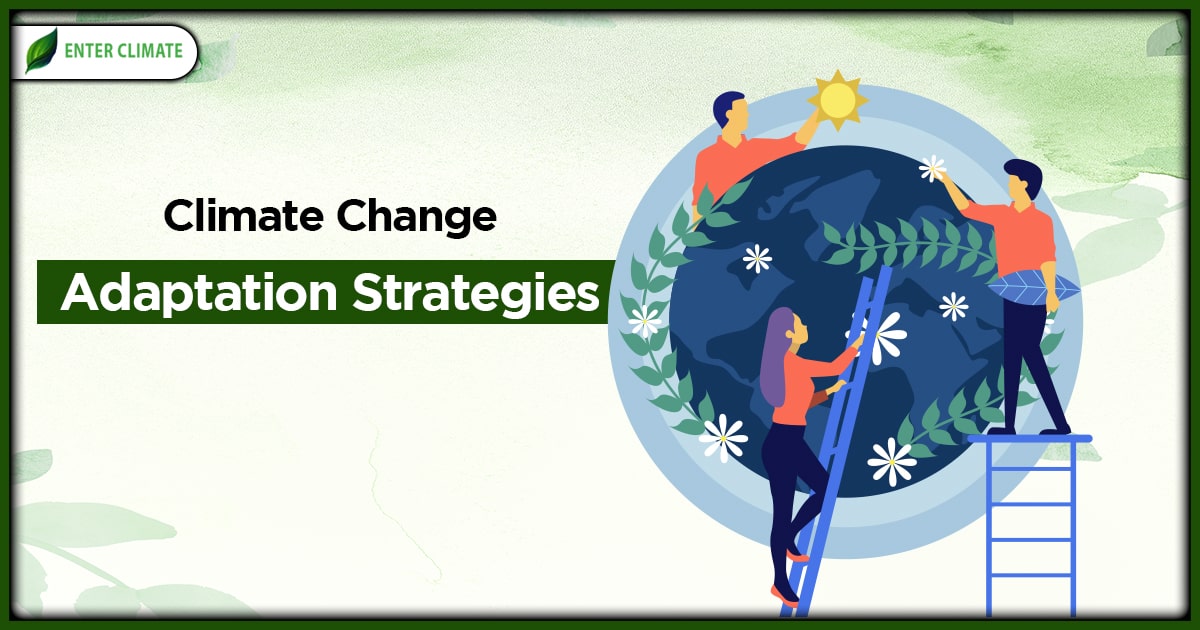UN Report on Gender Equality and Sustainable Development Goals
Executive Summary
- A UN Women annual report indicates that progress towards gender equality (SDG 5) is under threat from global conflict, reduced aid spending, and a backlash against women’s rights.
- While advancements have been made in health (SDG 3) and education (SDG 4), these gains are at risk of stagnation and regression.
- The report highlights a significant gap between the current trajectory and the 2030 SDG targets but asserts that an alternative path is achievable through concerted global action.
Key Findings on SDG Progress and Setbacks
Positive Developments in Health, Education, and Safety
- Maternal Health (SDG 3): The probability of a woman dying during pregnancy or childbirth has decreased by over a third in the last 25 years.
- Education (SDG 4): A higher proportion of girls are completing school than ever before.
- Combating Violence (SDG 5 & SDG 16): In countries with comprehensive legal and social measures against violence, rates of intimate partner violence have been found to be 2.5 times lower.
Major Threats to Gender Equality Goals
- Conflict and Peace (SDG 16): In 2024, a record 676 million women and girls resided within 50km of a deadly conflict zone, the highest number recorded since the 1990s.
- Food Security (SDG 2): Women are disproportionately affected by the global increase in food insecurity.
- Poverty and Climate Change (SDG 1 & SDG 13): Under a worst-case climate scenario, an additional 158.3 million women and girls could be pushed into extreme poverty (living on less than $2.15 a day) by 2050, with nearly half of this increase occurring in sub-Saharan Africa.
Economic and Social Dimensions of Gender Inequality
Persistent Poverty and Economic Disparity
- The proportion of women and girls living in extreme poverty has stagnated at approximately 10% since 2020, challenging the goal of No Poverty (SDG 1).
- Current projections indicate that over 351 million women and girls will remain in extreme poverty by 2030 if trends do not change.
- The report contrasts the estimated $420 billion annual investment needed to advance gender equality with the $2.7 trillion spent annually on the military.
The Digital Gender Divide
- A significant digital gender divide persists, with 70% of men globally using the internet compared to 65% of women.
- Closing this gap is projected to lift 30 million women and girls out of poverty by 2050 and generate an additional $1.5 trillion in global GDP by 2030, contributing to SDG 1, SDG 5, and SDG 9 (Industry, Innovation and Infrastructure).
Call to Action and Future Outlook
Recommitment to Global Goals
- The report monitors progress on gender equality across all 17 Sustainable Development Goals, concluding that the world is off track to meet the 2030 targets.
- Thirty years after the Beijing Declaration and Platform for Action, UN Women has called for renewed government commitments at the UN General Assembly.
- According to Sarah Hendriks, UN Women’s Director of Policy, over 86 countries have already submitted ambitious commitments to accelerate progress.
A Choice for a More Equitable World
- The report emphasizes that a future where women’s rights are fully realized is an achievable choice.
- Investment in gender equality can prevent millions of women from being trapped in poverty, sidelined from power, or exposed to violence.
- Achieving gender equality will yield significant returns that are shared by all members of society.
Analysis of Sustainable Development Goals in the Article
1. Which SDGs are addressed or connected to the issues highlighted in the article?
The article addresses several Sustainable Development Goals (SDGs) by discussing the progress and setbacks in areas concerning women’s rights, well-being, and equality. The following SDGs are directly connected to the issues highlighted:
- SDG 1: No Poverty – The article explicitly discusses the proportion of women and girls living in extreme poverty, mentioning that the rate has hovered at 10% since 2020 and that climate change could push an additional 158.3 million women and girls into this state.
- SDG 3: Good Health and Well-being – The text highlights progress in maternal health, stating that a “woman’s chance of dying in pregnancy or childbirth is more than a third lower than it was 25 years ago.”
- SDG 4: Quality Education – The article notes positive developments in education for girls, mentioning that they “are more likely to complete school than ever before.”
- SDG 5: Gender Equality – This is the central theme of the article. It covers various aspects of gender equality, including violence against women (“intimate partner violence”), economic empowerment, the digital gender divide, and the overall risk to “women’s access to healthcare, rights and employment.”
- SDG 13: Climate Action – The article directly links climate change to its disproportionate impact on women, stating that a “worst-case climate scenario” could significantly increase the number of women and girls living in extreme poverty.
- SDG 16: Peace, Justice and Strong Institutions – The impact of conflict on women is a key issue, with the article reporting that “676 million women and girls lived within 30 miles (50km) of a deadly conflict event in 2024,” highlighting their vulnerability in conflict zones.
2. What specific targets under those SDGs can be identified based on the article’s content?
Based on the specific issues discussed, the following SDG targets can be identified:
- Target 1.1: By 2030, eradicate extreme poverty for all people everywhere, currently measured as people living on less than $1.25 a day. The article directly addresses this by discussing women and girls “subsisting on less than $2.15 a day” and projecting that “more than 351 million will remain in that status by 2030.”
- Target 3.1: By 2030, reduce the global maternal mortality ratio to less than 70 per 100,000 live births. The article’s mention of the reduction in a “woman’s chance of dying in pregnancy or childbirth” directly relates to this target.
- Target 4.5: By 2030, eliminate gender disparities in education and ensure equal access to all levels of education and vocational training for the vulnerable. The statement that “girls are more likely to complete school than ever before” points to progress toward this target.
- Target 5.2: Eliminate all forms of violence against all women and girls in the public and private spheres, including trafficking and sexual and other types of exploitation. The article’s reference to “rates of intimate partner violence” and how they are lower in countries with comprehensive measures directly aligns with this target.
- Target 5.b: Enhance the use of enabling technology, in particular information and communications technology, to promote the empowerment of women. The discussion of the “digital gender divide” and how closing it could lift women out of poverty is directly relevant to this target.
- Target 13.2: Integrate climate change measures into national policies, strategies and planning. The article implies the need for this by highlighting the severe, gender-differentiated impacts of climate change, which could push “up to 158.3 million more women and girls globally” into extreme poverty.
- Target 16.1: Significantly reduce all forms of violence and related death rates everywhere. The article connects to this target by quantifying the number of women and girls living in close proximity to “a deadly conflict event,” a situation that inherently increases their exposure to violence.
3. Are there any indicators mentioned or implied in the article that can be used to measure progress towards the identified targets?
Yes, the article mentions or implies several specific indicators that can be used to measure progress:
- Indicator for Target 1.1: The proportion of the population living below the international poverty line. The article provides specific data points, such as “10% [of women and girls] since 2020” living in extreme poverty and the projection that “up to 158.3 million more women and girls” could fall into poverty due to climate change.
- Indicator for Target 3.1: The maternal mortality ratio. While not giving a precise ratio, the article provides a measure of progress: “a woman’s chance of dying in pregnancy or childbirth is more than a third lower than it was 25 years ago.”
- Indicator for Target 4.5: School completion rates. The article implies this indicator by stating that “girls are more likely to complete school than ever before.”
- Indicator for Target 5.2: The prevalence of intimate partner violence. The article provides a comparative measure, stating that rates were “2.5 times lower in countries that had introduced comprehensive measures on violence.”
- Indicator for Target 5.b: Proportion of individuals who use the Internet, by sex. The article gives precise figures for this indicator: “70% of men globally use the internet compared with 65% of women.”
- Indicator for Target 16.1: Number of people affected by conflict. The article provides a specific, gender-disaggregated number: “676 million women and girls lived within 30 miles (50km) of a deadly conflict event in 2024.”
4. Table of SDGs, Targets, and Indicators
| SDGs | Targets | Indicators |
|---|---|---|
| SDG 1: No Poverty | 1.1 Eradicate extreme poverty for all people. | Proportion of women and girls living in extreme poverty (less than $2.15 a day), mentioned as 10% since 2020. |
| SDG 3: Good Health and Well-being | 3.1 Reduce the global maternal mortality ratio. | Reduction in the risk of maternal death, mentioned as “more than a third lower than it was 25 years ago.” |
| SDG 4: Quality Education | 4.5 Eliminate gender disparities in education. | School completion rates for girls, mentioned as being higher than ever before. |
| SDG 5: Gender Equality | 5.2 Eliminate all forms of violence against all women and girls. | Prevalence of intimate partner violence, mentioned as being 2.5 times lower in countries with comprehensive measures. |
| SDG 5: Gender Equality | 5.b Enhance the use of enabling technology to promote the empowerment of women. | Proportion of individuals using the internet, by sex (70% of men vs. 65% of women). |
| SDG 13: Climate Action | 13.2 Integrate climate change measures into national policies. | Projected number of women and girls pushed into extreme poverty by climate change (up to 158.3 million). |
| SDG 16: Peace, Justice and Strong Institutions | 16.1 Significantly reduce all forms of violence and related death rates. | Number of women and girls living in proximity to deadly conflict (676 million in 2024). |
Source: theguardian.com







